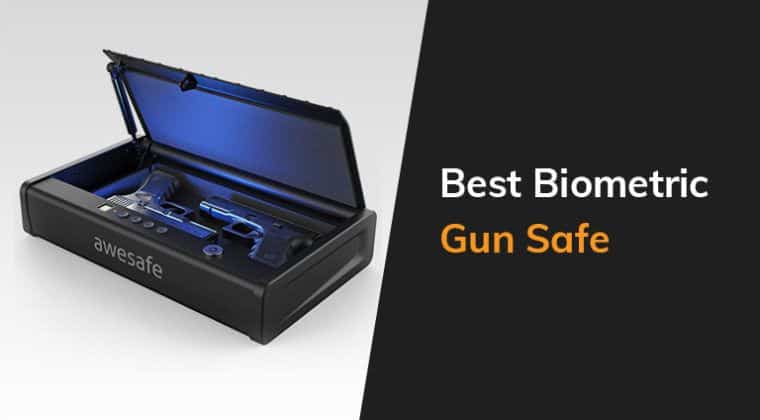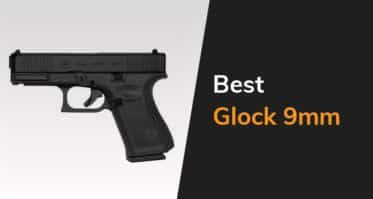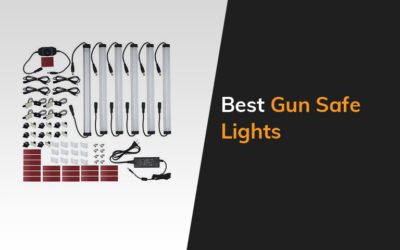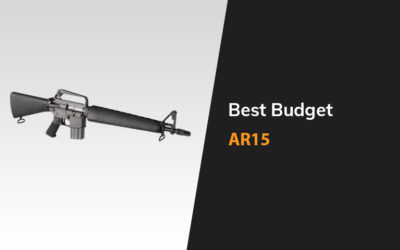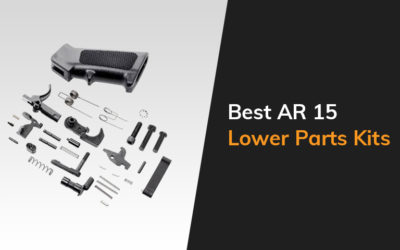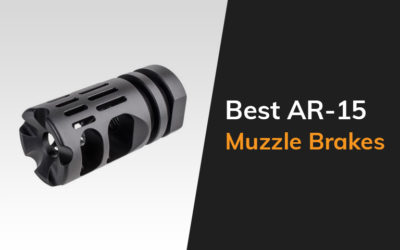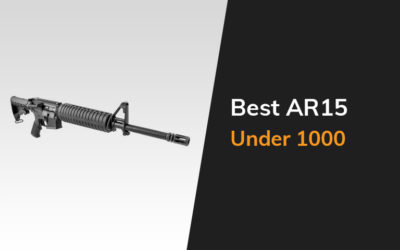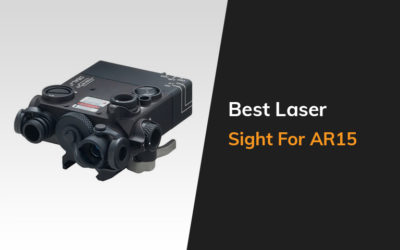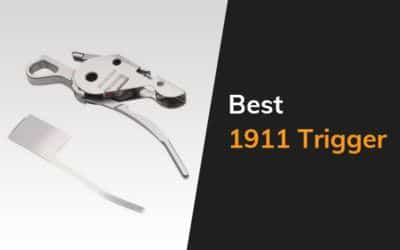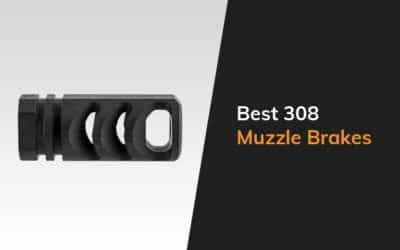At a Glance: Best Bedside Gun Safe OUR TOP PICK: Awesafe Pistol Safe with Fingerprint ID and Biometric Lock RUNNER UP: BILLCONCH Biometric gun safe BEST BUDGET OPTION: RPNB pistol [Read more...]
Best Bedside Gun Safes For Quick Access 2024
The 8 Best Gun Safe Lights of 2024
At a Glance: Best Gun Safe Lights OUR TOP PICK: LED Rechargeable Motion Sensor Lights RUNNER UP: Wobane under cabinet lighting kit BEST BUDGET OPTION: Torchstar LED safe lighting [Read more...]
8 Best Budget AR-15 Rifles in 2024
At a Glance: Best Budget AR-15 Rifle OUR TOP PICK: Smith & Wesson M&P15 Sport II READERS CHOICE: PSA AR-15 RUNNER UP: Aero Precision AC-15 Mid-Length Complete Rifle Compar [Read more...]
The 8 Best AR-15 Cases Reviewed (Hard and Soft Rifle Cases)
At a Glance: Best AR-15 Cases OUR TOP PICK: PELICAN 1700 BEST BUDGET OPTION: FLAMBEAU TACTICAL 6500AR BEST SOFT CASE: Condor Single Rifle Case Comparison of the Best Hard and Soft AR-15 Cases PRODUCT DETAILS Our Top Pick PELICAN 1700 Indestructible build Everything proof Airline [Read more...]
Best AR-15 Lower Parts Kit in 2024
At a Glance: Best Lower Parts Kit For AR-15 OUR TOP PICK: CMMG AR-15 Lower Reciever Parts Kit BEST SELLER: Geissele Standard Lower Parts Kit BEST OVERALL: Bravo Company AR-15 Enhanced Lower Parts Kit Comparison of the Best AR-15 Lower Parts Kit PRODUCT DETAILS Our Top Pick CMMG A [Read more...]
7 Best AR-15 Muzzle Brakes – 2024 Buyers Guide
At a Glance: Best Muzzle Brake Devices OUR TOP PICK: Surefire – AR-15/M16/AR 308 Warden OUR TOP PICK: VG6 Precision – Gamma 65 Muzzle Brake 6.5 Creedmoor BEST BUDGET OPTION: Area 419 – Hellfire Muzzle Brake Review Of Top 3 Best Muzzle Brakes PRODUCT DETAILS Best Hybrid [Read more...]
Top Powder Measures in 2024
At a Glance: Top Powder Measures OUR TOP PICK: RCBS – Chargemaster Lite 120/240vac RUNNER UP: RCBS – Chargemaster Powder Dispenser / Scale Combo BEST BUDGET OPTION: Lee Precision – Auto-Drum Powder Measure Comparison of the Best Powder Measures in 2022 PRODUCT DETAILS Our T [Read more...]
Best AR-15 Under $1000 in 2024
At a Glance: Best AR-15 Rifles Under $1000 OUR TOP PICK: PSA PA-15 16″ Carbine-Length 5.56 NATO Classic Rifle RUNNER UP: Smith & Wesson – M&P15 Sport 16in BEST BUDGET OPTION: Ruger AR-556 Comparison of the Best AR-15 Rifles Under $1000 PRODUCT DETAILS Our Top [Read more...]
Best Aftermarket Glock Slides
At a Glance: Aftermarket Glock Slides OUR TOP PICK: Alpha Shooting Sports Alpha Marksman V4 Slide For Glock 17 & 19 Brownells RMR Cut Slide for Glock 19 Gen 3 BEST BUDGET OPTION: Zev Citadel Stripped Slide with RMR Plate Comparison of The Best Aftermarket Glock Slides PRODUCT [Read more...]

